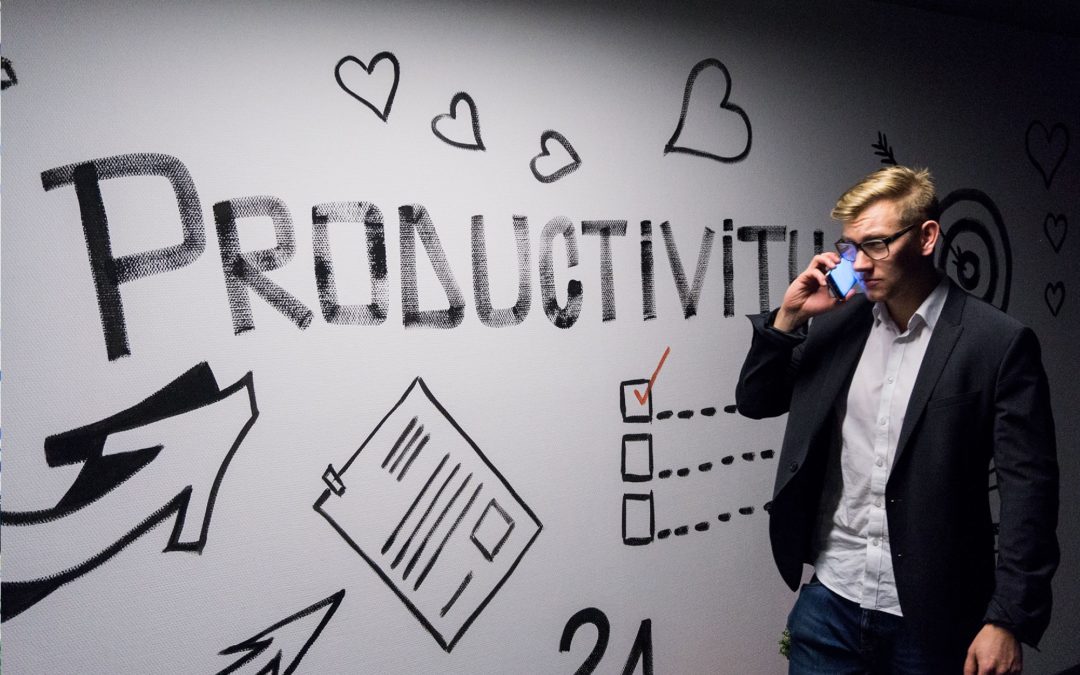Before you even begin thinking of the right business idea, you need to make sure you know what it means to be both a business owner and an entrepreneur. There are key values that every first-time entrepreneur should learn. Read through these guides in order to gain insight from other entrepreneurs and business owners.
How to Identify Your Strengths and Weaknesses
What are you good at?
That’s a question we all want to know about ourselves, as well as the question that occasionally comes after it: What aren’tyou good at?
If you don’t know how to answer those questions about yourself, keep reading to help you come to a better knowledge of yourself.
If you’re thinking about starting a business, identifying your strengths and your weaknesses isn’t just an exercise to make you feel good (or bad) about yourself. It’s a process that will allow you to understand how you can be most effective at what you do, and where you’ll need to improve if you want to be successful.
In this article, I’ll help you identify your strengths and weaknesses. To do so, I’ll walk you through creating some lists, talking to people you trust, taking a personality test, and trying new things.
Let’s begin.
1. First, create two lists
Before you use any outside sources to help identify your strengths and weaknesses, I’d recommend that you spend about 30 minutes alone creating two lists.
Your first list is going to be centered on your business or entrepreneurship goals. Call it something like, “Skills Needed to Succeed.”
Don’t worry about whether you’ve thought of every possible skill required for your business to succeed. This is meant to be an overview, and is fairly general. Depending on your business, it might list things like, “an understanding of the market,” “business development,” “website development,” or “product expertise.” Once you’ve completed your list, highlight the skills that you already have, and put a star next to the ones you think you’ll need to develop. Then, set this list aside—you’ll come back to it later.
The next list you’re going to create requires you to be completely honest about yourself. You can create two columns, one called “Strengths” and the other called “Weaknesses.”
Depending on your personality, you’ll find one of these columns a lot easier to fill out. I can only encourage you by suggesting that you do your best to be objective. Don’t beat yourself up over what you think are major flaws, and don’t overestimate how great your strengths are. Just write them down, and move on.
You also don’t need to have a comprehensive list of 100 strengths and weaknesses. If you’ve included more than 10-15 items in each column, then you’re probably starting to focus too much on strengths and weaknesses that aren’t that significant.
Examples of what you might add to this list range from aspects of your character, like “calm under pressure” or “achievement-driven,” to technical skills you may have, like “HTML expertise” or “project management experience.”
The purpose of this list will be to start off with some general ideas that you have about yourself, and then get input from other sources to help you refine your list.
To help you think about what to include in your strengths and weaknesses, try asking yourself questions like:
- What am I good at?
- What have others complimented me about?
- What have others had to help me with on more than one occasion?
- Which projects and tasks seem to drain my energy?
- Which projects have I spent hours on without getting tired?
- What are my hobbies, and why do I like doing them?
After you’ve spent some time honestly assessing your strengths and weaknesses, it’s time to get input from those closest to you: a significant other, your mentor, close friends, or family members.

